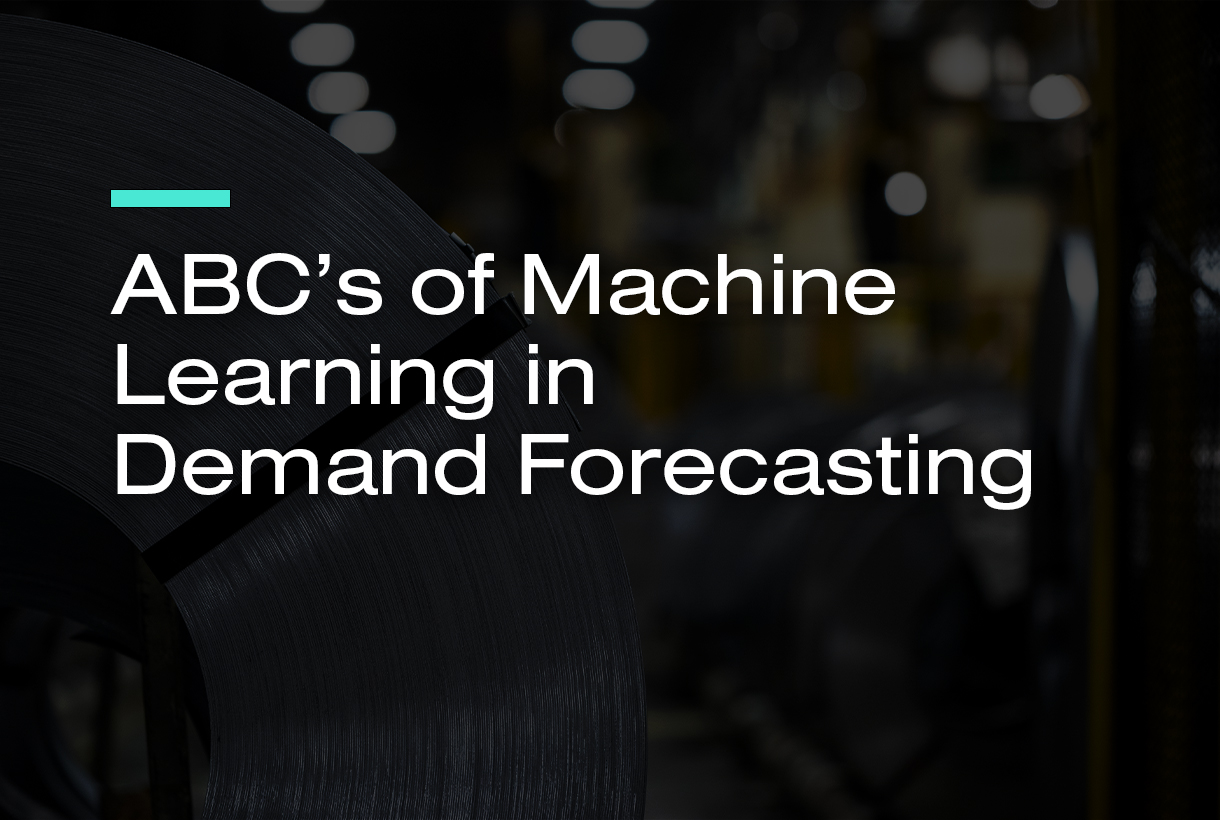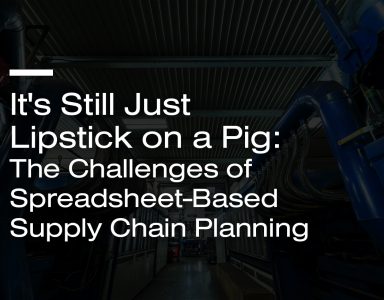
Accurate demand forecasting is crucial to the success of any manufacturing company. It ensures companies have the right amount of stock and can respond promptly to changes in demand.
In recent years, machine learning has become an essential component of reliable demand forecasting. Below, we’ll explore how it works and how it’s revolutionizing the forecasting process.
How Does Machine Learning Work?
Machine learning is an artificial intelligence (AI) application that uses advanced algorithms to learn from data. Its uses vary from predicting customer behavior and improving online search results to helping diagnose medical conditions and prevent fraud.
In demand forecasting, machine learning algorithms can analyze historical sales patterns and predict future trends. The first step is collecting data about past sales, such as product type, quantity sold, purchase frequency, seasonality, discounts, and more. This data is fed into the algorithm to create models that identify sales patterns over time. Once these patterns are identified, they can be used to create an accurate forecast for future trends.
Using Machine Learning for Demand Forecasting
Machine learning algorithms use data to learn how patterns and trends work for the datasets. The algorithms will generate an appropriate model based on this data. The more data added to the system over time, the more accurate the forecasting model becomes. Advanced deep machine learning may need up to four times as much data as traditional forecasting methods.
Machine learning is used alongside traditional demand planning tools like exponential smoothing, the Croston Method, bootstrapping, and Syntetos-Boylan Approximation to improve accuracy and reliability when predicting future sales trends. It can also provide pricing and inventory insights by analyzing customer behavior across channels or locations. By leveraging these insights, businesses can make better decisions regarding stocking inventory or managing promotions and discounts.
How Machine Learning Improves Demand Forecasting
Planning software has significantly improved forecasting within demand and supply planning. But given its descriptive nature and univariate and multivariate datasets, there is still a loss function when there is a difference between the current and expected output. By combining traditional planning techniques with machine learning, forecast accuracy improves compared to conventional models.
In field testing machine learning for Plex DemandCaster software, users achieved an average of 10% accuracy over traditional models such as exponential smoothing. As the algorithm acquired new data, another 10% improvement was typically observed. Based on the Institute of Business Forecasting, even a 1% forecasting improvement provides a corresponding 1-2% decrease in inventory which results in a 0.17% increase in revenue, providing huge benefits for business growth.
Machine learning plays an integral role in optimizing inventory and reducing stockouts. AI and deep analytics allow machine learning algorithms to work with much broader data than before. By using data down to the customer level, the algorithms can predict and learn how stock needs change by the day, by the hour, during specific weather or temperature changes, and many other factors not achievable with traditional planning. This helps companies reduce holding costs, operate with JIT inventory levels, and optimize profit when demand is high.
Using a Machine Learning Forecast Manager
The use of machine learning algorithms in demand forecasting has revolutionized the way businesses plan for future operations. By combining traditional methods with modern AI technologies like machine learning, companies can significantly improve their ability to forecast sales trends and make informed pricing or inventory management decisions.
Plex DemandCaster uses Product, Customer, and Location (PCL) in its solutions to utilize the lowest-level data entity. It’s critical to planning because it contains the entire sales history and all edits to the demand plan.
By running machine learning algorithms like the Machine Learning Forecast Manager for selected PCLs, manufacturers can access powerful tools that empower them to accurately predict consumer behavior and stay one step ahead when meeting customer needs.
Learn more about the machine learning capabilities in the Plex DemandCaster Advanced Business Planning Software or contact us today.


